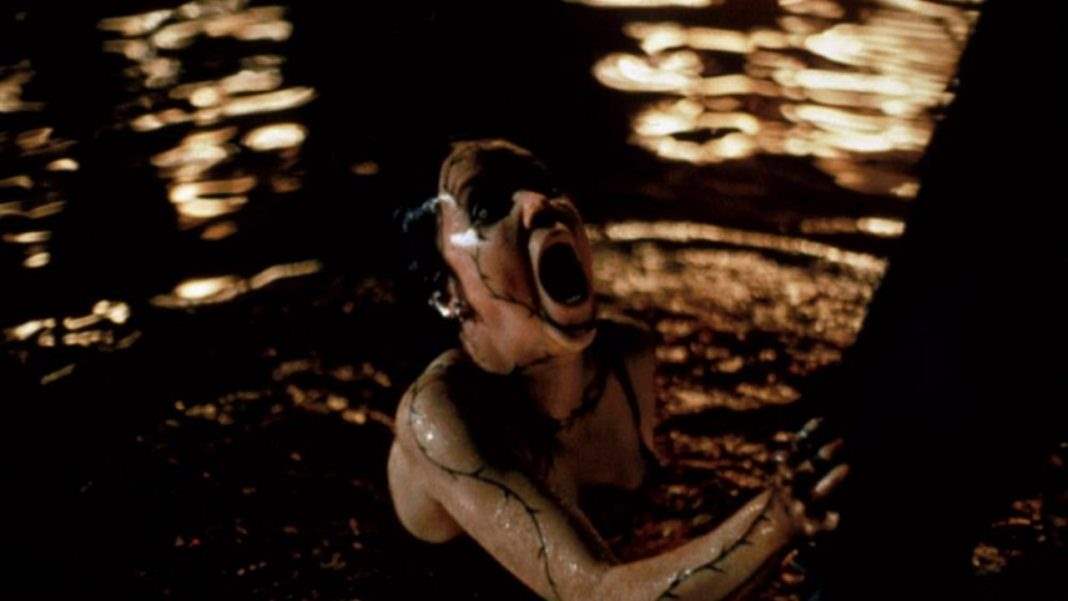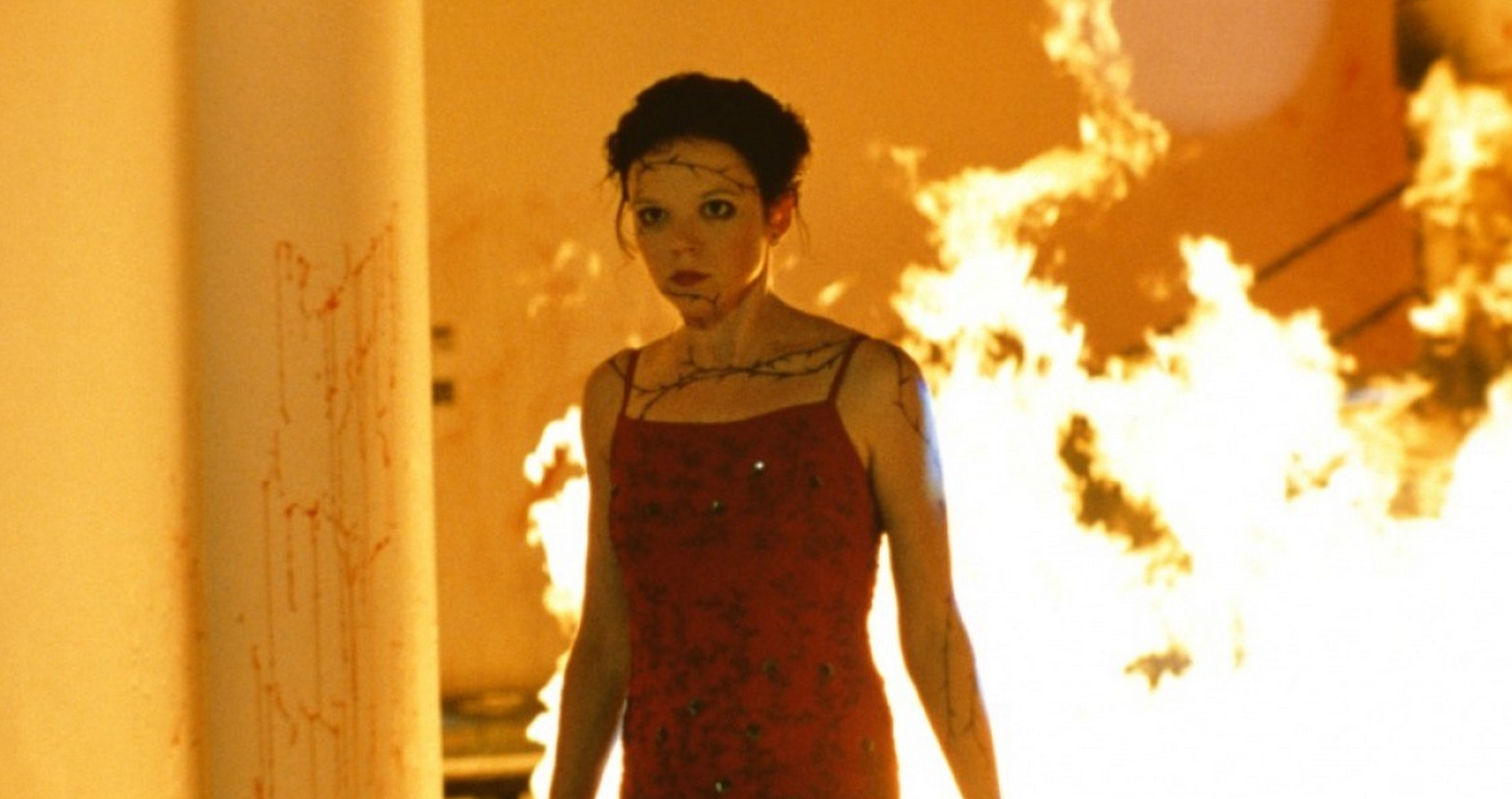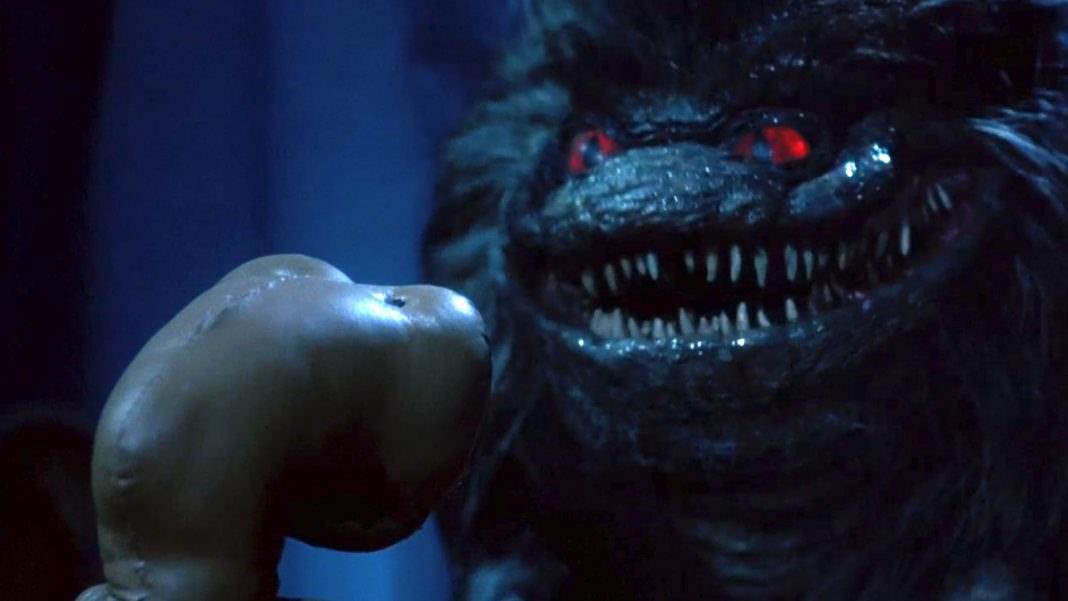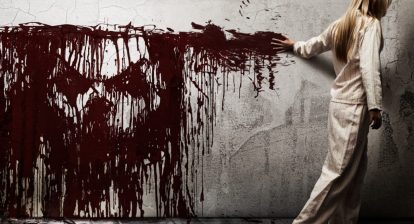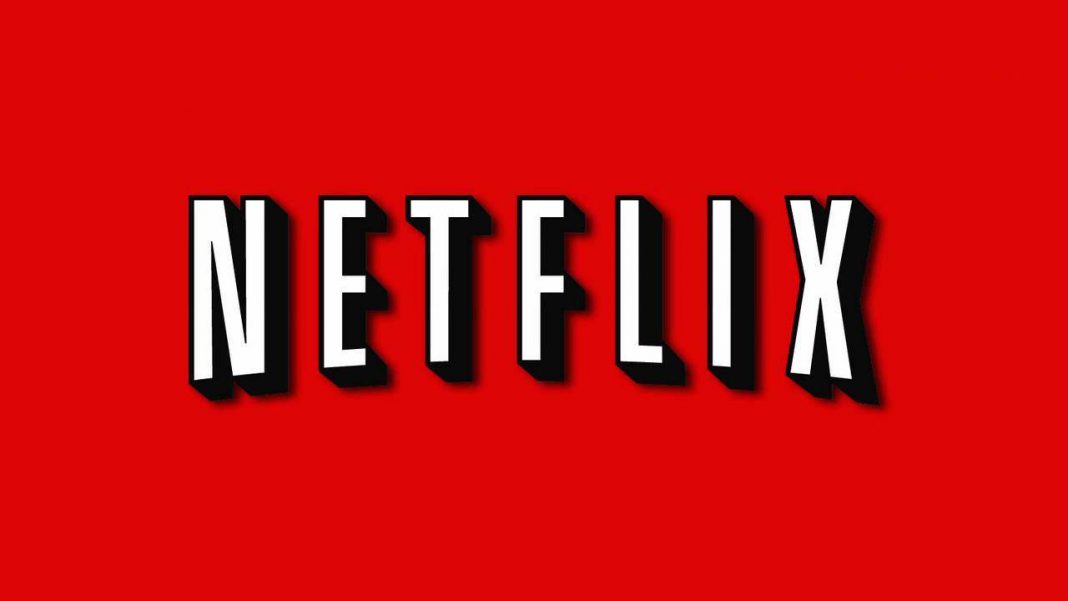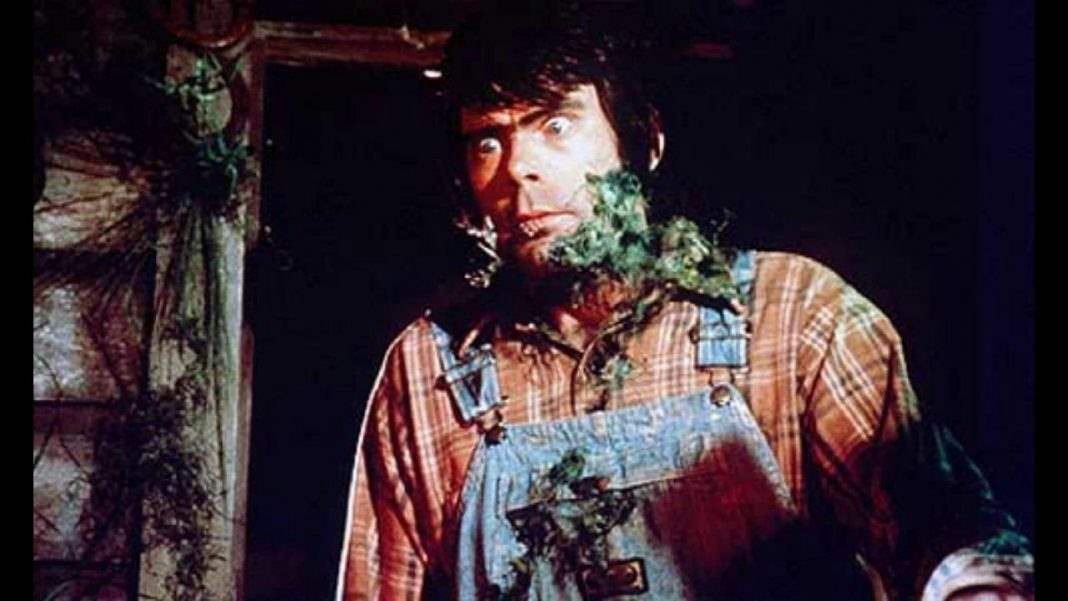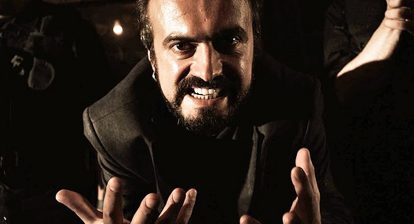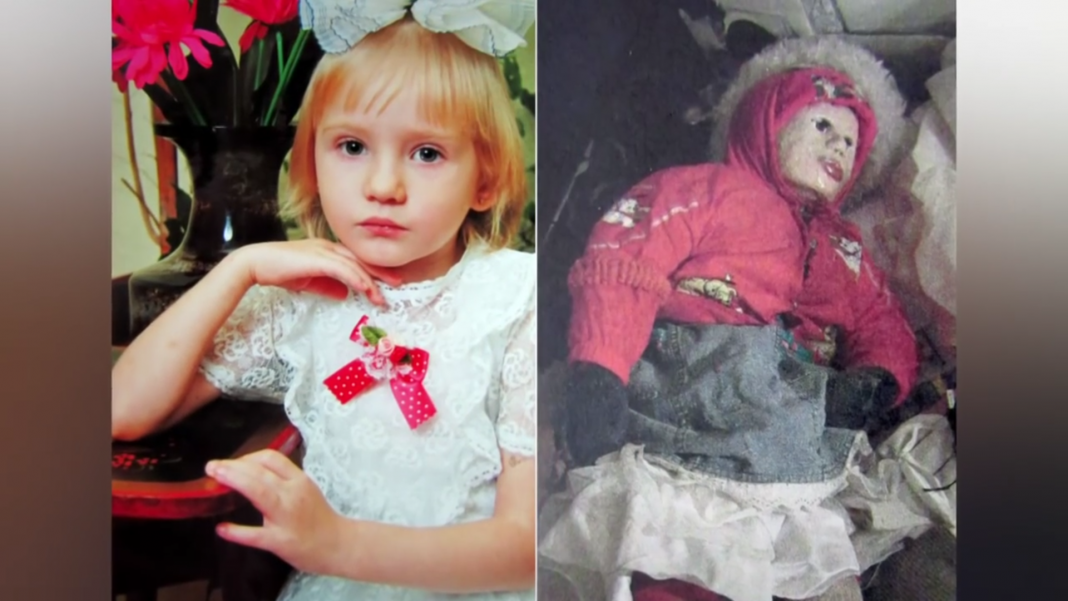I rented The Rage: Carrie 2 when it came out in 1999 and as soon as it was over I vowed never to watch it again. I was ten. I loved Stephen King, I’d seen Carrie and I loved that too. I don’t know if I really got it at that point. I’m not sure if anyone can before high school. This movie was different from the original and that wasn’t really what I wanted at the time. And yet, at certain points it felt too similar. Despite its differences, it was still about a bullied girl with an otherworldy power who eventually lashes out.
I think it’s pretty clear, now, that I just didn’t want a sequel to Carrie. And really, who did? It’s a masterpiece on both the screen and the page. Stephen King never wrote a sequel. Despite the book’s cliffhanger ending, he resisted the temptation. But Hollywood, ultimately, could not. When the sequel comes out twenty years after the original, it really begs the question: What’s the point?
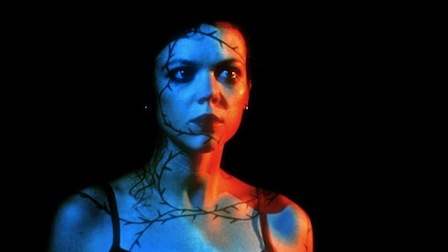 There are a thousand reasons why Carrie 2 should never have happened. But having just seen the film for the first time in over fifteen years, I can honestly say I’m glad it did. I did not expect to like it the second time, but it just kind of happened. Everything I hated about it the first time I loved the second, and I think a lot of that comes down to age. This is a different protagonist. Rachel Lang is not Carrie White, she’s a very different character. She has one friend and she likes it that way, and her revenge is much more pointed.
There are a thousand reasons why Carrie 2 should never have happened. But having just seen the film for the first time in over fifteen years, I can honestly say I’m glad it did. I did not expect to like it the second time, but it just kind of happened. Everything I hated about it the first time I loved the second, and I think a lot of that comes down to age. This is a different protagonist. Rachel Lang is not Carrie White, she’s a very different character. She has one friend and she likes it that way, and her revenge is much more pointed.
The thing that stands out the most, the most interesting and underrated choice this film makes is in its approach to the bullying. Carrie White was obviously destroyed by her peers, but Carrie is inherently about female bullying. It’s about how terrible girls can be to each other in high school. The Rage, conversely, is a biting look at misogyny in high school. This one’s about how really, really horrible guys can be to girls.
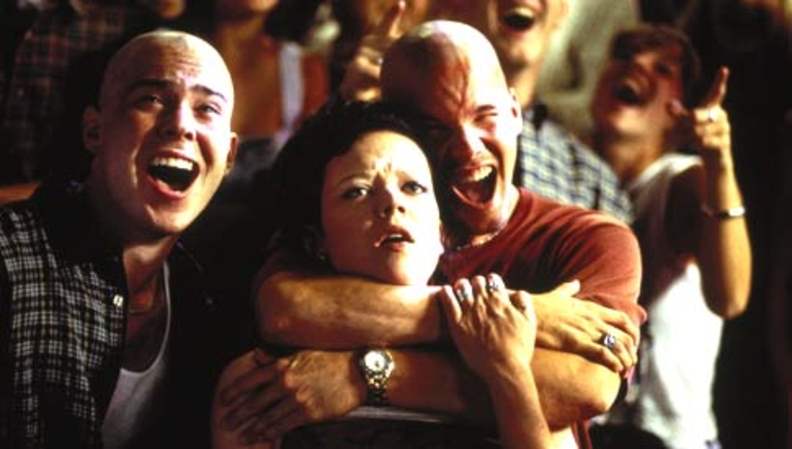 It may be a sequel to a twenty-year-old classic, but The Rage is not a light film. It kicks off with an extremely realistic suicide. It’s about young men using young women without even once discovering the idea that they might not be objects. The subplot that develops throughout is so relevant to everything going on right now that it’s actually a little scary. One of these boys had sex with a sixteen year old girl and she committed suicide. They can’t go down for the suicide, but they can go down for the statutory rape. And that puts their promising athletic careers (a line the movie actually uses) in danger. They’re not just tearing Rachel down because they hate her; they’re after her because she knows what they did to her friend.
It may be a sequel to a twenty-year-old classic, but The Rage is not a light film. It kicks off with an extremely realistic suicide. It’s about young men using young women without even once discovering the idea that they might not be objects. The subplot that develops throughout is so relevant to everything going on right now that it’s actually a little scary. One of these boys had sex with a sixteen year old girl and she committed suicide. They can’t go down for the suicide, but they can go down for the statutory rape. And that puts their promising athletic careers (a line the movie actually uses) in danger. They’re not just tearing Rachel down because they hate her; they’re after her because she knows what they did to her friend.
Of course, as a sequel, there’s the obligatory returning character in the form of Amy Irving‘s Sue Snell. Normally in a horror sequel, the returning character is killed of first. I was astonished, looking back, that Sue actually had something to do. She has her own arc and it actually makes sense for her character. She couldn’t save Carrie White twenty years ago, so she is trying so hard even now to make up for that. She is still haunted by what happened, as she probably should be, and wants so badly to make up for it. But she can’t. They took a very different route in terms of bringing a character back, and it’s a good thing that they did not choose to play it safe.
The climax of Carrie 2 could never live up to the original’s prom scene. In some ways, this is where it suffers the most, but the emotional aspects of it resonate really well. Like Carrie builds to its prom, The Rage builds to that party on an emotional level. Rachel’s vengeance feels much more justified, not that Carrie’s didn’t, but Carrie killed everyone. Rachel is lashing out, but she is definitely targeting a bunch of obnoxious jocks we really aren’t meant to root for at any point. These guys aren’t exactly layered, but they still feel like they could be real people. That might be the scariest thing about them.
The Rage: Carrie 2 was dismissed by just about everyone, including me. But it says a lot about the way guys treat girls in high school. It says a lot about misogyny in general. It has a strong lead and interesting, experimental cinematography that make it stand out among the legions of unsanctioned Stephen King sequels.
